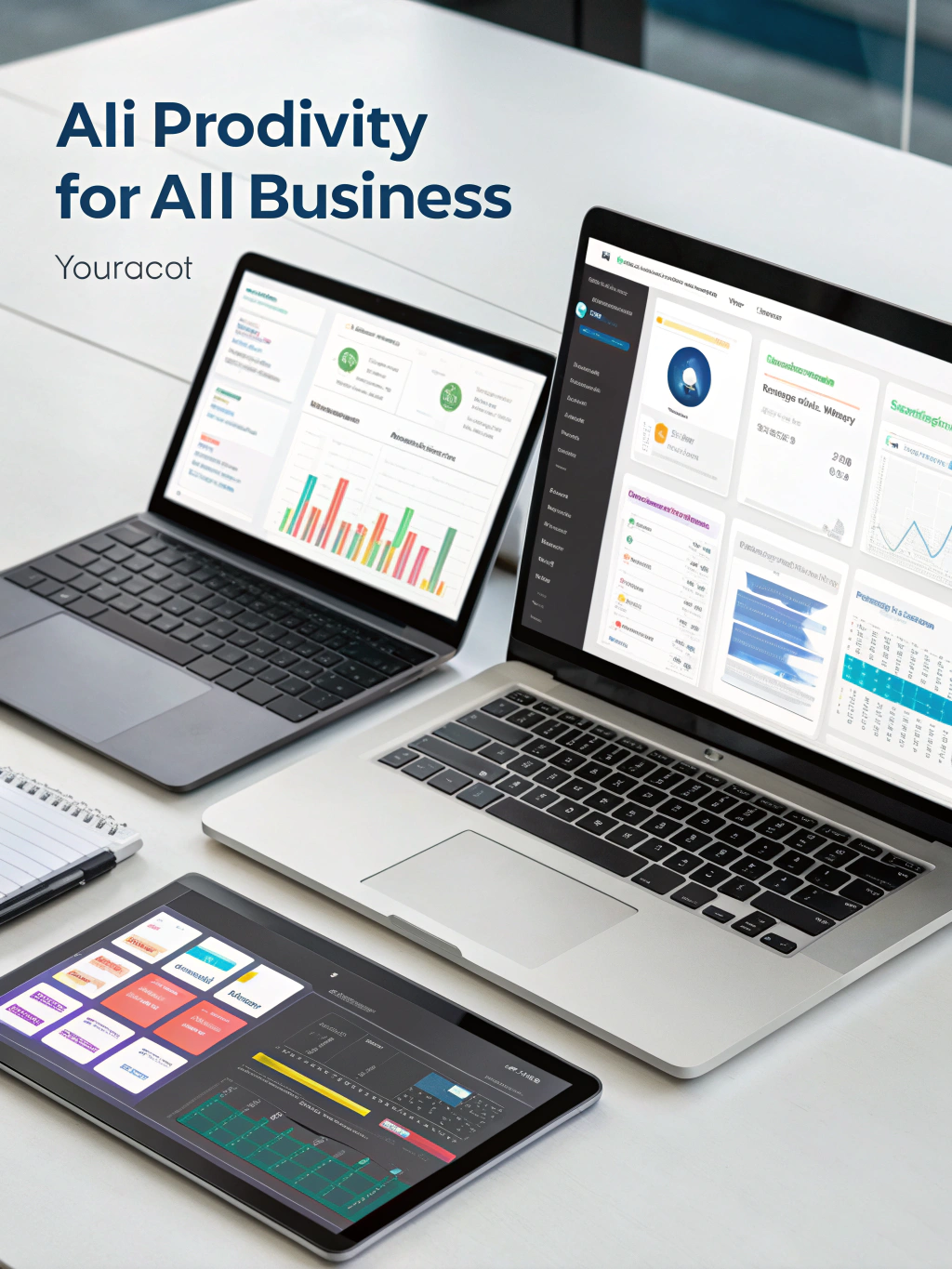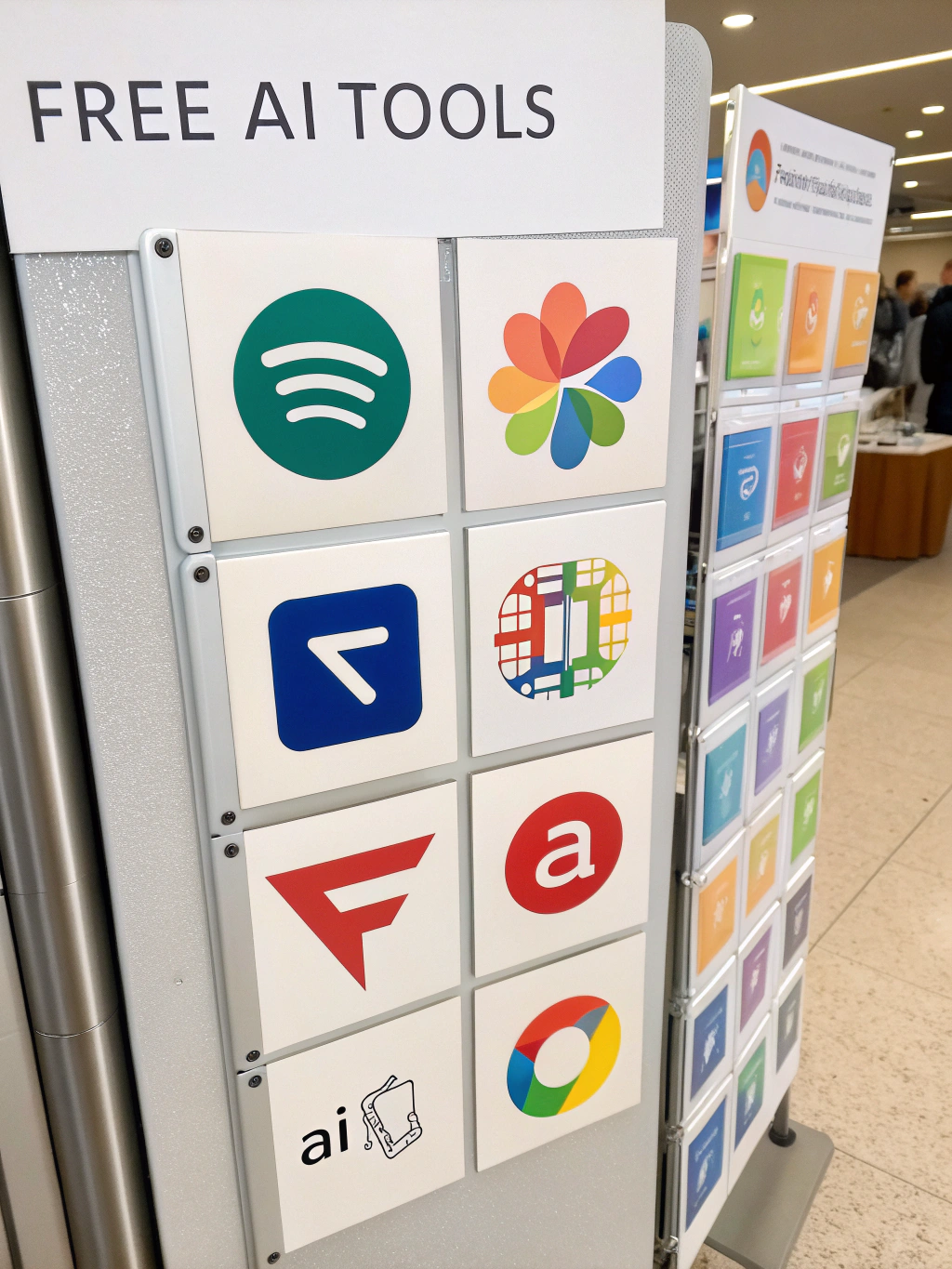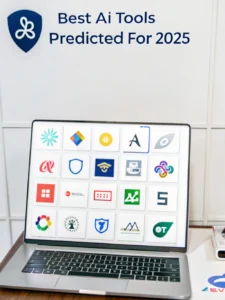Democratizing Wall Street: How AI is Leveling the Playing Field for Retail Investors

Is Your Investment Strategy Ready for the AI Revolution?
Have you ever wondered if a computer could make smarter investment decisions than you can? The realm of finance is undergoing a seismic shift, and at the epicenter lies AI driven investing. No longer a futuristic fantasy, artificial intelligence is rapidly transforming how we approach wealth management, trading, and portfolio optimization. But with this immense potential comes a set of challenges and considerations. This comprehensive guide dives deep into the world of AI driven investing, exploring its core concepts, market dynamics, practical applications, common pitfalls, and future outlook. We’ll unpack how technologies like algorithmic trading are reshaping the investment landscape, offering actionable insights for both seasoned investors and those just starting their journey. You can learn more about the future of AI in finance by visiting AI driven investing.
Key Concepts & Trends
The rise of AI driven investing isn’t about replacing human intuition entirely; it’s about augmenting it with unparalleled analytical power. At its heart, it involves leveraging machine learning, natural language processing, and deep learning to analyze vast datasets, identify patterns, predict market movements, and automate investment decisions. One of the most dominant trends is the application of algorithmic trading, where pre-programmed instructions execute trades based on defined parameters.
Consider a hedge fund employing AI. Instead of analysts manually scrutinizing thousands of financial reports, an AI system can do this in a fraction of the time, identifying subtle indicators of opportunity or risk. This is further enhanced by sentiment analysis – AI algorithms can gauge market sentiment by analyzing news articles, social media posts, and financial reports. Furthermore, the use of reinforcement learning allows AI to continuously refine its strategies based on real-time market feedback, creating dynamic and adaptive investment approaches. Think of it like a pilot continuously adjusting their course based on weather conditions – AI does the same, but with market data. We see the integration of AI in areas like robo-advisors, which offer personalized investment advice based on an individual’s risk tolerance and financial goals. Another emerging trend is the use of generative AI to create synthetic financial data for model training, helping overcome data scarcity issues and enhance model robustness.
Data & Market Insights
The market adoption of AI driven investing is accelerating rapidly. According to a recent report by Grand View Research, the global AI in finance market was valued at $14.6 billion in 2023 and is projected to reach $60.7 billion by 2030, growing at a CAGR of 22.9%. A McKinsey study found that AI could potentially automate up to 30% of trading activities. Furthermore, BlackRock’s Aladdin platform, a leading investment management system, utilizes AI extensively for risk management and portfolio optimization, serving over 1,000 institutional investors.

The infographic above illustrates the key ingredients fueling the growth of AI driven investing: big data, advanced analytics, cloud computing, and increased regulatory acceptance. The increasing availability of unstructured data – social media feeds, news articles, satellite imagery – provides AI algorithms with a richer understanding of market dynamics. The rise of quantitative hedge funds, which heavily rely on mathematical models and data analysis, has also contributed significantly. AI-powered tools like those offered by QuantConnect and Numerai are providing retail investors access to sophisticated trading strategies. The increased efficiency and potential for higher returns are driving significant investment into this space.
Smarter Strategies & Alternatives
To effectively leverage AI driven investing, consider a “hybrid” approach. Don’t solely rely on automated systems; incorporate human oversight and domain expertise. Focus on platforms that offer explainable AI (XAI), which provides insights into the reasoning behind investment decisions, fostering trust and transparency.
Several platforms are emerging that offer innovative approaches. For instance, decentralized finance (DeFi) platforms are leveraging AI for risk assessment and automated market making. Quantum computing is also starting to play a role in complex portfolio optimization. However, it’s crucial to approach these alternatives with caution and a thorough understanding of the underlying technology. Risk management remains paramount. Diversification, even within an AI-driven portfolio, is essential to mitigate potential losses. Consider using AI tools to stress-test your portfolio under various market scenarios.
Use Cases & Applications
The applications of AI driven investing are broad and constantly evolving. Robo-advisors like Betterment and Wealthfront are democratizing access to financial planning and investment management for individuals. In the corporate world, AI is used for fraud detection, credit risk assessment, and algorithmic trading for optimal pricing and inventory management.
Startups like Hippocratic AI are developing AI models to analyze medical data and identify investment opportunities in the healthcare sector. Artisanal investment platforms are also leveraging AI to help investors find undervalued assets. The use of AI-powered tools is making financial analysis more accessible and efficient for businesses of all sizes. Many institutional investors are utilizing AI to improve their due diligence processes, identify investment trends, and manage their portfolios more efficiently.
Common Mistakes to Avoid
Despite its potential, AI driven investing is not without its pitfalls. Over-reliance on historical data and a lack of consideration for black swan events are common mistakes. “Garbage in, garbage out” applies here; the quality of the data fed into the AI model directly impacts its performance. Another frequent error is failing to adequately backtest and validate AI strategies before deploying them with real capital.
Many investors also underestimate the importance of model drift – the degradation of an AI model’s performance over time due to changes in market conditions. Regular monitoring and retraining of the AI models are essential to maintain their effectiveness. A tendency to chase short-term gains without a long-term strategy is another common error.
Maintenance, Security & Long-Term Planning
Maintaining the integrity and security of AI-driven investment systems is critical. Implement robust cybersecurity measures to protect against data breaches and cyberattacks. Regularly audit AI models for bias and ensure compliance with relevant regulations (e.g., GDPR, CCPA).
Long-term planning involves continuous monitoring of the AI models’ performance, adapting them to changing market conditions, and implementing strategies for scalability. Ensure your data infrastructure can handle growing volumes of data. Stay informed about emerging regulatory landscapes and adjust your investment strategies accordingly. Consider disaster recovery planning to ensure business continuity in case of unforeseen events.
Summary & Key Takeaways
AI driven investing is no longer a niche concept; it’s rapidly becoming a mainstream approach to wealth management. By leveraging the power of artificial intelligence, investors can gain deeper insights, make more informed decisions, and potentially achieve higher returns. However, it’s crucial to approach this technology with a balanced perspective, combining AI insights with human judgment, robust risk management, and a long-term investment strategy. Integrating algorithmic trading thoughtfully is key to unlocking the full potential of this transformative trend.
FAQs
Is it too late to invest in crypto? While the cryptocurrency market has experienced volatility, many experts believe that the underlying technology (blockchain) and the potential applications of crypto remain significant. AI is increasingly being used in crypto trading and risk management. However, it’s essential to do your research and understand the risks involved before investing.
How can small businesses use AI? Small businesses can leverage AI for a variety of tasks, including customer service chatbots, marketing automation, data analysis, and fraud detection. Many cloud-based AI tools are available at affordable prices.
What tech stacks scale best? Cloud-native architectures, microservices, and containerization technologies (like Docker and Kubernetes) are generally considered to scale best for AI applications.
If you found this guide insightful, we’d love to hear from you! Share your thoughts, experiences, and questions in the comments below. Don’t forget to AI driven investing to learn more. You might also be interested in this related article on algorithmic trading.
Share this content:














Post Comment